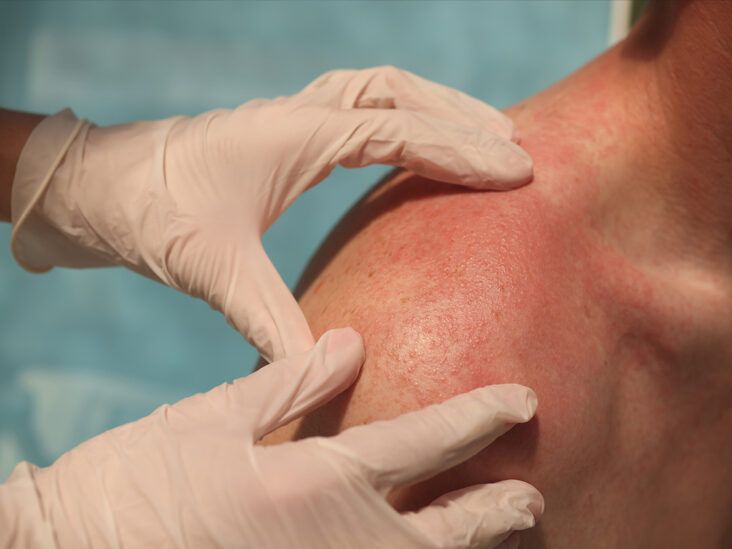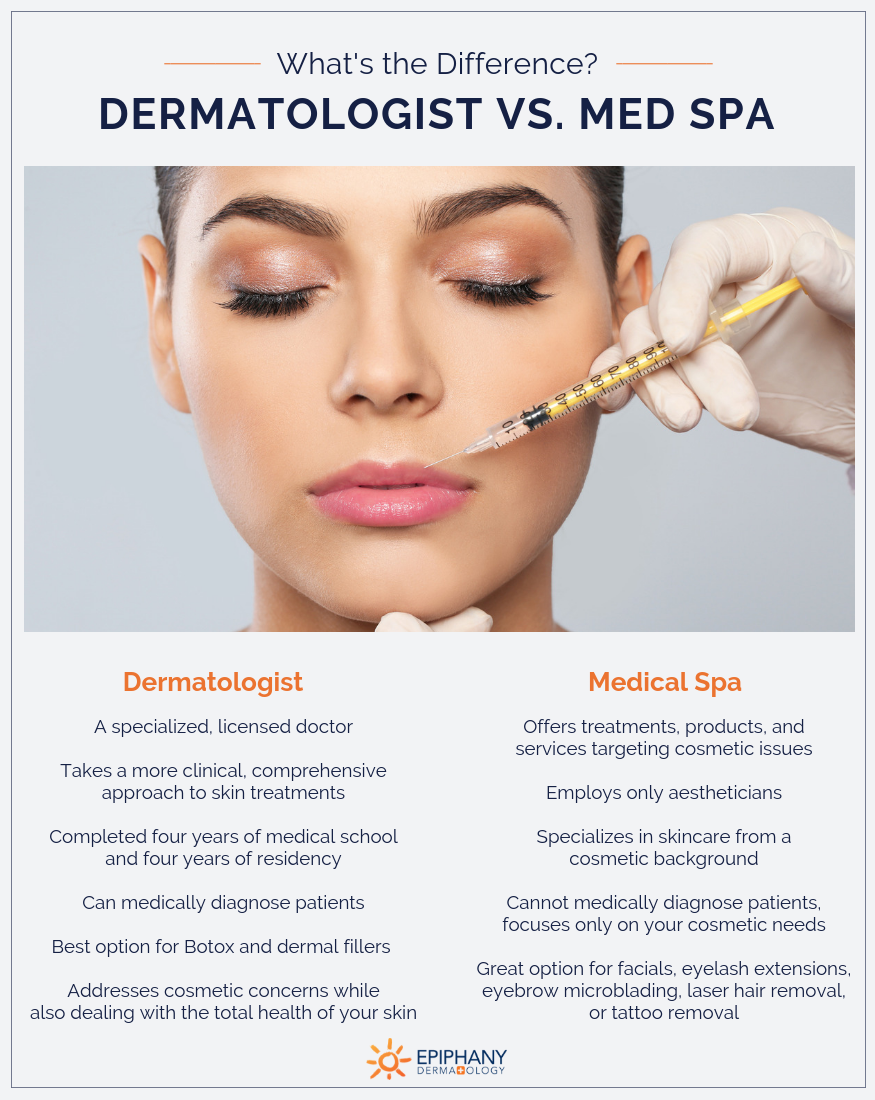Request a comprehensive skin cancer check to monitor your skin for potential issues and early signs of cancer.
Request a comprehensive skin cancer check to monitor your skin for potential issues and early signs of cancer.
Blog Article
In-Depth Dermatology Expertise: Addressing Acne Issues, Mole Issues, and Dermatitis Effects
When it concerns skin health and wellness, thorough dermatology expertise is key; it equips individuals to deal with usual skin issues such as acne, mole irregularities, and eczema with self-confidence. Understanding acne therapies, recognizing possible skin cancer indications in moles, and taking care of dermatitis triggers can dramatically enhance skin health and wellness - eczema specialist. This article will certainly check out these subjects, providing an informative check into the science behind these usual skin problems - an expedition that promises to enlighten and notify
Recognizing the Basics: What Is Acne, Moles, and Eczema?
While lots of people might know with the terms acne, moles, and dermatitis, recognizing what they in fact are is a various issue entirely. Acne is a skin problem identified by swollen or contaminated oil glands, often visible as pimples or spots, mostly on the face, back, and upper body. Moles, on the various other hand, are small skin growths brought on by clusters of pigmented cells; they can appear anywhere on the body and vary in color and size. Finally, dermatitis, likewise recognized as atopic dermatitis, is a persistent problem creating inflamed, itchy skin, frequently taking place in reaction to irritants or irritants. While these problems are usual, they can have varying degrees of extent and influence on an individual's life.
The Science Behind Acne: Reasons, Kinds, and Treatments
The complex science behind acne begins with understanding its development system. This elaborate process, affected by numerous aspects, results in various kinds of acne. The post will certainly also touch upon reliable therapies offered to handle and treat this usual skin condition.
Acne Development Mechanism
An overwhelming majority of individuals will experience the typical skin disease called acne at some factor in their lives. Acne development starts with the overflow of sebum, an oily material produced by sweat glands in the skin. This excess sebum, in addition to dead skin cells, obstructs the skin's pores. When these clogged pores ended up being infected with Propionibacterium acnes, a bacterium naturally present on the skin, inflammation occurs, resulting in visible acne. There are various kinds of acne, consisting of blackheads and whiteheads (non-inflammatory), and papules, pustules, blemishes, and cysts (inflammatory) Hormone changes, particularly during adolescence or menstrual cycle, can intensify acne by activating boosted sebum manufacturing. Recognizing this system is vital for designing efficient therapies, a subject to be talked about later on. skin cancer check.

Efficient Acne Therapies
Virtually everyone will grapple with acne at some point, making a clear understanding of efficient acne therapies important. Different therapies target different facets of acne, such as inflammation, oil production, and germs. It's vital to keep in mind that not all therapies will continue reading this certainly function for every person, as acne's causes and severity vary.
Mole Issues: Identification, Evaluation, and When to Look For Medical Focus
Moles, typical skin developments, need mindful recognition and regular assessment for optimal skin wellness (mole removal). Recognizing the regular appearance of one's moles, along with any type of modifications that might happen, is vital. Prompt clinical interest ought to be sought when particular indications, which will be discussed, are identified
Recognizing Mole Identification
How does one identify in between a harmless mole and one that may call for medical attention? Understanding the features of regular moles is important. A common mole is usually rounded or oblong, has a smooth side, and is no bigger than 6mm in diameter. The shade should be regular and can vary from pink, tan, brownish, or black. Moles typically show up during childhood years or adolescence, and by the adult years, lots of people have in between 10 to 40 moles. Moles that alter in dimension, shape, or shade, become scratchy or hemorrhage, or appear after age 30 can be startling. These irregularities do not automatically show skin cancer however are reasons to consult a skin doctor. Understanding mole recognition is the very first step in skin health and wellness monitoring.
Doing Normal Mole Evaluations

Acknowledging Essential Medical Signs
Understood as the ABCDE's of mole analysis, these adjustments might aim to deadly cancer malignancy, a dangerous kind of skin cancer cells. An individual should also be cautious if new moles appear after the age of 30 or if there's an unexpected boost in the number of moles. Normal self-examinations paired this post with professional analyses make sure early detection and reliable therapy of prospective skin abnormalities.
Dermatitis Explained: Reasons, Signs, and Handling Flare-Ups
Although eczema may show up as a simple skin inflammation to the inexperienced eye, it is, in reality, a complex dermatological condition with a plethora of possible causes. Eczema, also referred Discover More Here to as atopic dermatitis, is typically triggered by a mix of hereditary and ecological variables. Managing eczema generally includes determining and preventing triggers, preserving a great skin treatment regimen, and making use of suggested therapies.
Practical Skin Treatment Tips to avoid and Take Care Of Acne, Moles, and Dermatitis
Understanding and addressing skin problems such as acne, moles, and dermatitis need useful and reliable skin care habits. A balanced diet regimen abundant in antioxidants can enhance skin wellness and reduced swelling, potentially reducing acne and dermatitis seriousness. Regular skin checks assist in very early mole discovery, potentially preventing skin cancer cells.
Specialist Dermatology Treatments: A Summary of Modern Solutions
Skin specialists today have a wide range of reliable treatment options to deal with different skin problems. With moles, specialist removal is done if they posture a health risk. All these treatments are under the professional support and care of skin specialists, making sure secure and effective administration of skin problems.
Final thought
Recognizing skin-related worries like acne, mole irregularities, and eczema is important for effective therapy. Acne monitoring needs understanding of different treatment alternatives, while mole exam can bring about very early discovery of skin cancers. Eczema administration includes recognizing triggers and executing ideal therapies. As a result, comprehensive dermatology knowledge is crucial for protecting against and managing these skin conditions, highlighting the requirement for professional skin specialist care to enhance skin wellness.
Report this page